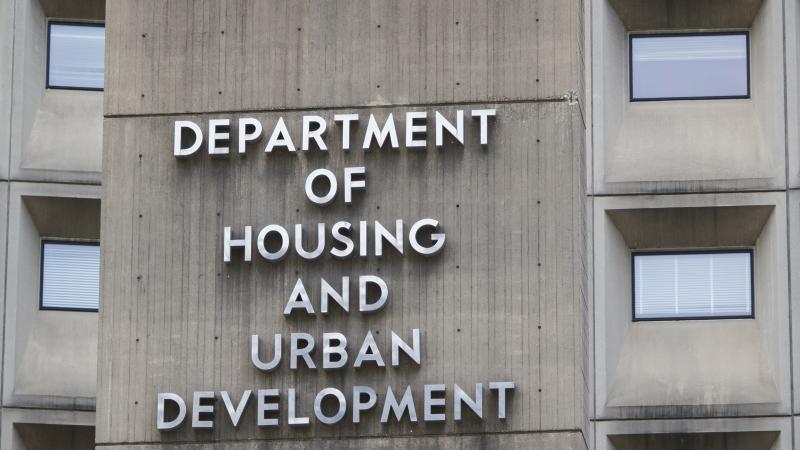California has enough lithium to supply the world, but can it open a new mine?
The United States currently imports 25% of its consumed lithium, down from 50% in 2020.
California governor Gavin Newsom announced the state’s Salton Sea lithium deposit could yield 3.4 million tons of the valuable commodity, or enough to meet global demand for the world’s primary battery material for 25 years. Critics warn that due to the state’s environmental regulations, it’s unlikely extraction can ever be brought up to scale.
“We’ve been all-in on Lithium Valley, building up a global hub for clean energy and making sure that local communities benefit from this once-in-a-generation opportunity,” said Newsom in a statement. “This is further evidence that California is poised to become the world’s largest source of batteries for our cars, homes, and businesses.”
The lithium is set to be extracted from the waters of the Salton Sea, a salt flat and often temporary lake that became a permanent body of water in the early 20th century when an irrigation canal burst and took two years to repair. For decades, the Salton Sea contained enough fresh water to be stocked with fish and was the site of casinos and resorts catering to regional residents. As water enters the Salton Sea as agricultural runoff enters the lake and evaporates, the minerals in the water are left behind, increasing the body’s salinity over time despite the addition of fresh water.
Among the minerals accumulating in the lake is lithium, a key commodity for the production of the current generation of batteries. While alternative battery technologies are emerging using cheaper, more widely available minerals such as magnesium, graphene, salt, and iron-air batteries, lithium remains the most commonly used base mineral for everything from smartphones to electric cars and grid-scale energy storage systems.
Extracting lithium from the Salton Sea would have the side effect of decreasing the body’s salinity, which is so high that only a few tilapia populations survive near where three small rivers feed into the lake. As nearby farms switched to more efficient irrigation systems, water feeding into the body has steadily decreased, leading to a loss of ⅓ of the sea over the past 25 years. The high concentration of minerals and chemical runoff in the dirt left behind after the sea’s evaporation has led to the creation of toxic dust clouds that have led to a number of health complications for residents, with 22% of nearby residents suffering from asthma, compared to the national rate of just 8%. Extraction of lithium is hoped to not only deliver jobs and provide the world with more of a critical resource, but also to help restore the lake’s ecosystem by purifying water.
However, experts warn lithium extraction from brine has never been done at scale, and that due to California environmental regulations and ability for individuals to use the California Environmental Quality Act to block project development, these extraction operations may never reach the scale necessary to make a dent in skyrocketing demand.
“Most of the quarries and mines that we have in California predate the passing of the California Environmental Quality Act in 1970,” said CEQA expert and California Policy Center co-founder Edward Ring. “The problem with CEQA is that it allow for lawsuits by anyone. It gives standing for a lawsuit to almost anybody so you get opportunist attorneys and extreme environmentalist groups who exploit the provisions of CEQA to file lawsuits that tie projects up in knots and basically deter companies from operating in California or even trying.”
The United States currently imports 25% of its consumed lithium, down from 50% in 2020. Global consumption of lithium in 2022 was approximately 134,000 tons, a 41% increase from 95,000 tons the year prior.














